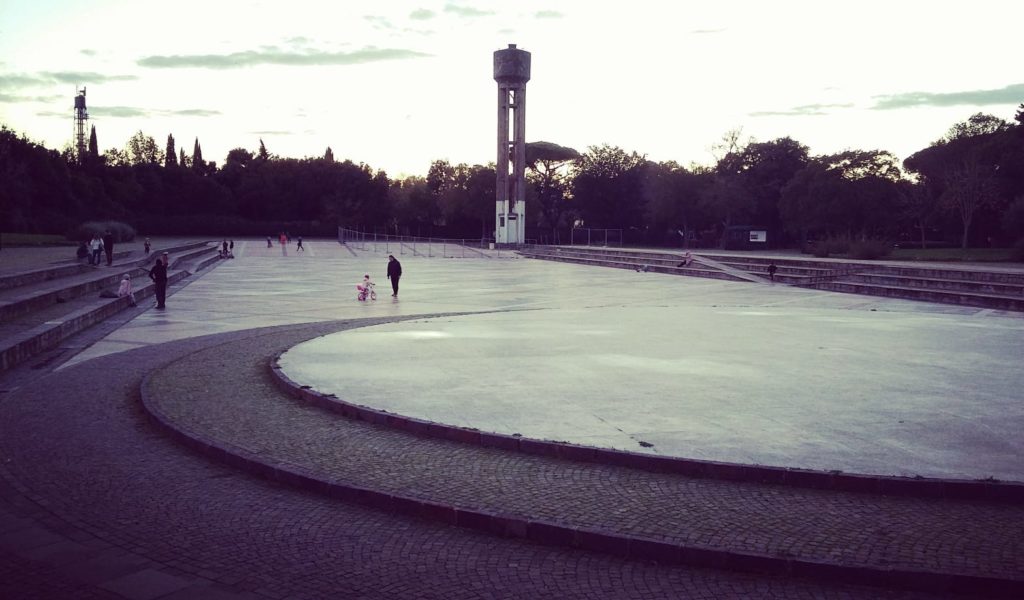
Ci faccio una fatica nera (tanto per fare una citazione).
Pagina 13 di 17
Una intervista, anzi una chiacchierata con gli organizzatori del Premio Letterario “Carlo Piaggia”.
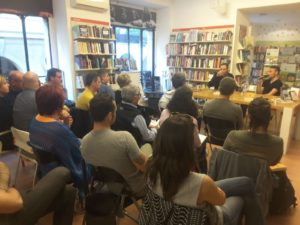 Una bella chiacchierata quella di ieri alla Feltrinelli di Livorno insieme a Marco Amerighi, che ha presentato il suo romanzo: Le nostre ore contate (Mondadori).
Una bella chiacchierata quella di ieri alla Feltrinelli di Livorno insieme a Marco Amerighi, che ha presentato il suo romanzo: Le nostre ore contate (Mondadori).
“Questo libro ha molte anime, e contiene molti temi e sotto-temi. Non c’è solo l’amianto e l’idea di una letteratura ‘politica’ che illumini alcune tra le pagine più nere della nostra storia italiana: ci sono quattro adolescenti che vedono nella musica punk la possibilità di un futuro diverso da quello dei loro padri; c’è una Toscana aspra e solitaria, lontana dalle immagini stereotipate da cartolina, con i vitigni in fiore o le città d’arte; c’è un rapporto faticoso, quasi ribaltato, tra un padre e un figlio; e poi ci sono due casi di persone scomparse che fanno da il fil rouge all’intera narrazione”. Sono parole dell’autore.
– Il Padreterno che sa tutto… quando nasci, quando muori e chi può saperlo? No. ‘Un lo so a cosa serve questo sasso qui ma a qualcosa deve servire, perché se questo è inutile, allora è inutile tutto. Anche le stelle. Almeno credo. E anche tu… anche tu servi a qualcosa con la tu’ testa di carciofo.
Dal dialogo tra Gelsomina e il Matto ne La Strada, di Federico Fellini
Un incontro su Giulietta Masina, sabato 16 dicembre 2017, all’interno di Lezioni di Cinema al Museo del Mediterraneo di Livorno.
LIBERI DI EMIGRARE
Un’ intervista per il periodico livornese SENZA SOSTE
Nel 1954 esce in Italia Geografia della fame, uno dei libri più conosciuti del sociologo brasiliano Josué De Castro, il quale voleva farne un film e per 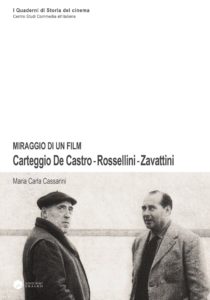 questo interpellò Cesare Zavattini. A un certo punto, mentre si va impostando il lavoro, si fa vivo Roberto Rossellini: anche lui vorrebbe girare una pellicola traendo spunto da quel libro.
questo interpellò Cesare Zavattini. A un certo punto, mentre si va impostando il lavoro, si fa vivo Roberto Rossellini: anche lui vorrebbe girare una pellicola traendo spunto da quel libro.
Le lettere, le telefonate, i telegrammi che si scambiano i tre nel corso degli anni è un vero e proprio romanzo sulla realizzazione di un film: dalla scelta del genere (un documentario? una storia? un film a episodi?) al reperimento dei fondi, alla stesura della sceneggiatura, all’allestimento di una troupe.
Il film non verrà mai realizzato, ma di quel carteggio Maria Carla Cassarini ha realizzato per Edizioni Erasmo un bellissimo libro cui ho avuto la fortuna di collaborare.
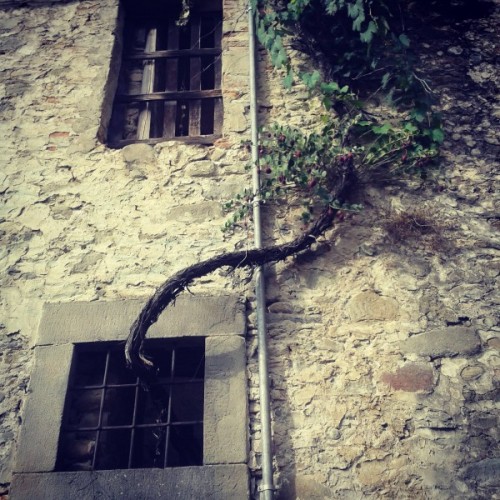
Dalla metà del 1960 al dicembre 1961 nel carcere di Lucca fu recluso Chet Baker.
Durante il periodo di detenzione nel carcere di San Giorgio, gli venne concesso di suonare la tromba per alcuni minuti, un solo giorno alla settimana. Molte persone allora ogni volta si radunavano sulle mura, in corrispondenza della cella, per udire quelle esecuzioni.
Mi pare che questa sia una bella metafora della capacità dell’arte di superare inesorabilmente e puntualmente le barriere e i muri, azzerando le distanze.
Questa foto l’ho scattata a Barga, nel corso di BargaJazz.
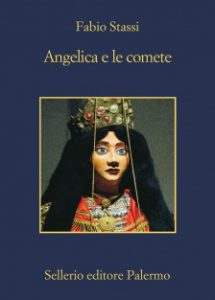 Mercoledì 28 giugno 2017, ore 19,00
Mercoledì 28 giugno 2017, ore 19,00
Biblioteca Labronica di Livorno, Villa Fabbricotti
Incontro con Fabio Stassi, a cura del gruppo di lettura della biblioteca.
Angelica e le comete è un libro poetico, animato dalla nostalgia per ciò che è irrimediabilmente perduto, eppure sopravvive.
Caldamente consigliato a chi ama La strada di Fellini.
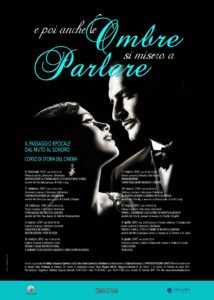 “Mi è stato chiesto perché mantengo nei miei film un’espressione particolarmente seria. La spiegazione è molto semplice. Fin dal mio esordio nel varietà ho potuto sperimentare che in un numero comico si riesce a far ridere il pubblico tanto più quanto si resta indifferenti e poi quasi stupiti dall’ilarità del pubblico. In ultima analisi il film, per l’attore, è un’occasione per ‘fare l’idiota’: più sarà serio in questo e più risulterà divertente”.
“Mi è stato chiesto perché mantengo nei miei film un’espressione particolarmente seria. La spiegazione è molto semplice. Fin dal mio esordio nel varietà ho potuto sperimentare che in un numero comico si riesce a far ridere il pubblico tanto più quanto si resta indifferenti e poi quasi stupiti dall’ilarità del pubblico. In ultima analisi il film, per l’attore, è un’occasione per ‘fare l’idiota’: più sarà serio in questo e più risulterà divertente”.
Venerdì prossimo, 3 marzo, nell’Aula Magna dell’Istituto Vespucci di Livorno, parlerò di Buster Keaton in un incontro dal titolo: Senza voce né sorriso. Buster Keaton: titoli di coda. L’iniziativa è èparte del Corso di Cinema “…E poi anche le ombre si misero a parlare”, dedicato al passaggio dal muto al sonoro.
![]() 3000. No vabbé. Non esageriamo. Facciamo 2500.
3000. No vabbé. Non esageriamo. Facciamo 2500.
Tempo fa insieme a un mio amico abbiamo fatto il calcolo di quanti libri grosso modo si leggono nell’arco di una vita.
Abbiamo cercato di starci larghi: se si inizia a 15 anni e si legge fino agli 80, con una media di un libro per settimana, cioé 4 al mese cioé 48 all’anno, si arriva grosso modo a 3000. Per l’esatezza, 3120. Ora, tenendo conto che una media del genere è fin troppo ottimistica, ci siamo assestati sulla più ragionevole cifra di 2500 e forse saremmo dovuti scendere ancora.
Insomma, nel corso della propria vita un lettore accanito (e longevo) mette insieme 2500 volumi. Pochissimi.